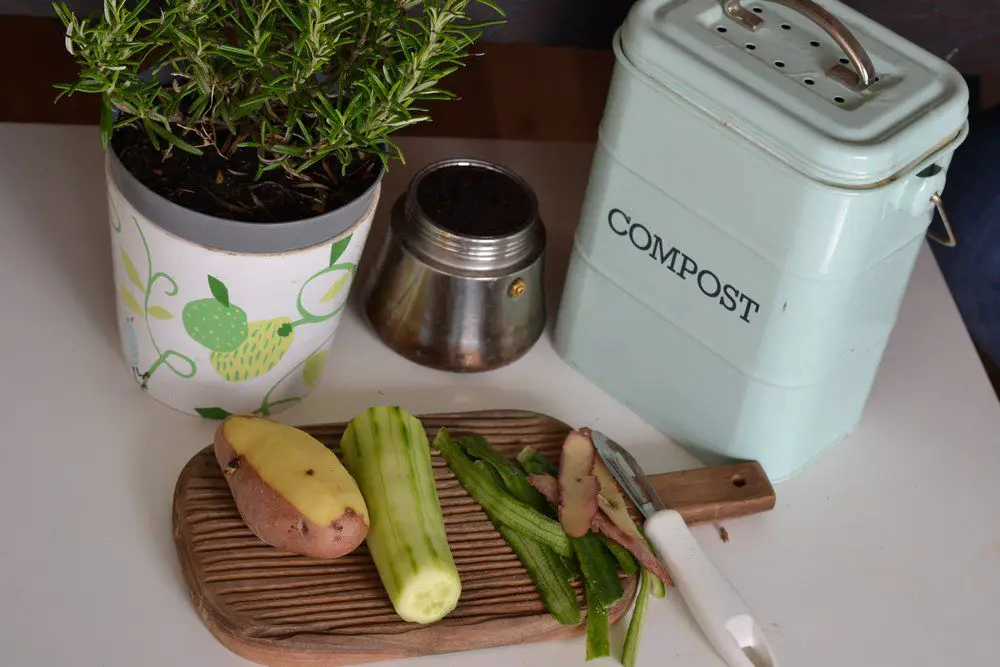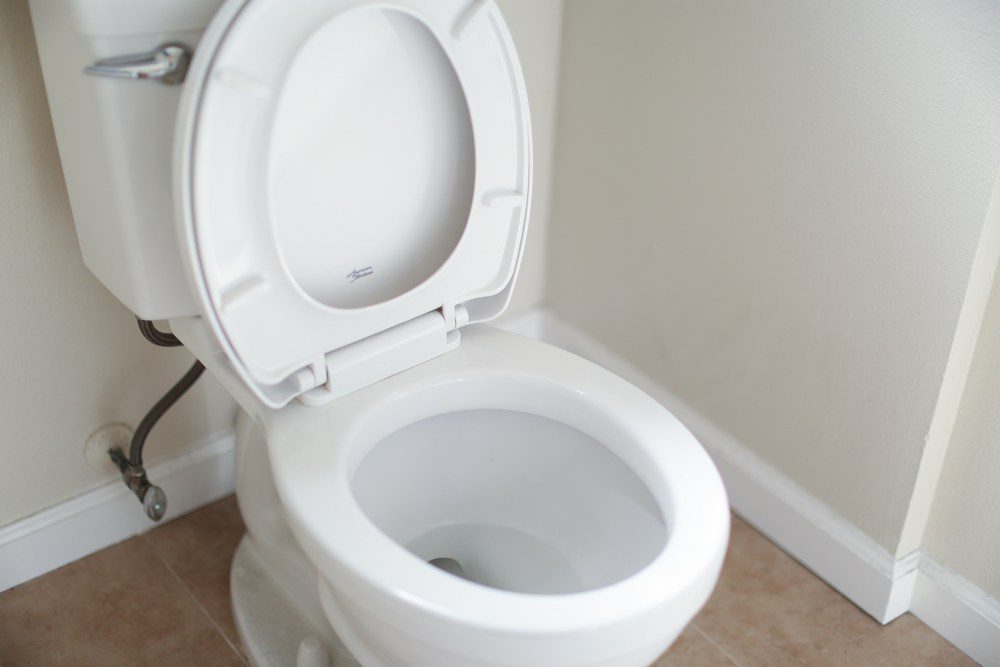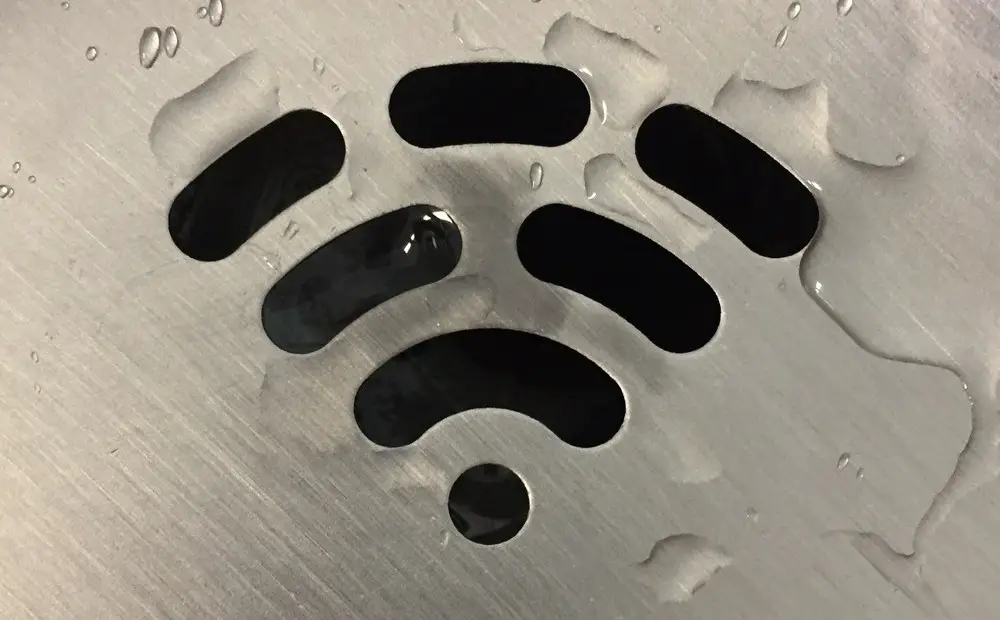Keeping your drains clog-free is essential for maintaining a hassle-free and functional plumbing system in your home. Blocked pipes can lead to costly repairs and inconveniences that all homeowners dread.
Fortunately, there are practical steps you can take to prevent these issues, ranging from employing proper waste disposal practices to calling a professional.
By adopting these mindful habits, you prolong the lifespan of your drainage system and contribute positively to the overall efficiency and environmental sustainability of your household.
Contents
- 1 10 Tips on How to Keep Your Drains Clog-Free
- 1.1 1. Regular Maintenance Checks
- 1.2 2. Use Strainers in Drain Openings
- 1.3 3. Dispose of Grease Properly
- 1.4 4. Be Mindful of Food Waste
- 1.5 5. Clean Your Drains Regularly
- 1.6 6. Avoid Flushing Non-Biodegradable Items
- 1.7 7. Schedule Periodic Professional Cleaning
- 1.8 8. Monitor Tree Roots Growth
- 1.9 9. Install Backflow Preventers
- 1.10 10. Educate Your Household
- 2 In Conclusion…
10 Tips on How to Keep Your Drains Clog-Free
There are many things you can do to keep your drains clog-free in the long term. Let’s explore the ten effective methods for safeguarding your pipes from unwanted blockages in your home.
1. Regular Maintenance Checks
Staying proactive about your drain care is essential to maintain a clog-free system. This entails inspecting the drains, pipes, and other parts of the plumbing for any signs of deterioration or potential blockages. Conducting regular maintenance helps keep your pipes in good condition.
Early detection and timely intervention can prevent minor issues from snowballing into costly repairs. Moreover, these checks can inform you when professional grease trap services might be required for an added layer of cleaning and efficiency, especially in a restaurant.

2. Use Strainers in Drain Openings
One of the most effective ways to keep your drains clog-free is by using high-quality strainers in all your drain openings, such as kitchen sinks, bathroom sinks, and bathtubs. These simple yet practical devices work by trapping hair, food particles, and other debris that go down the drain.
When you capture these clogging agents before they enter the pipes, you reduce the risk of blockages occurring downstream. In addition to preventing clogs, using strainers also lessens the frequency of professional cleaning services required for maintaining a smooth-flowing drain.
3. Dispose of Grease Properly
It’s crucial to be cautious with how you dispose of used cooking grease and oils, as they can quickly wreak havoc on your drainage system. When poured down the sink, these substances solidify and stick to the insides of your pipes, causing persistent clogs over time.
The proper way to dispose of grease is by cooling it, pouring it into a sealable container, and then throwing the container away in the trash when full. These disposal methods will do a lot to protect your pipes from blockages and will also contribute to maintaining an eco-friendly home.

4. Be Mindful of Food Waste
The proper handling of food waste plays a pivotal role in keeping your drains clog-free. Routinely washing food particles down the sink may seem harmless, but over time, these small bits can accumulate and form significant blockages within your plumbing system.
To minimize the risk, you can employ measures like using garbage disposal units or compost bins to manage kitchen waste more effectively. Being cautious with disposing of food remnants and educating your household members to do the same is a great way to avoid any clogs.
5. Clean Your Drains Regularly
Establishing a routine to regularly clean your drains is vital in maintaining a clog-free pipeline system. This proactive approach helps break up any debris beginning to accumulate inside the pipes before it gets worse and ensures smooth water flow throughout your household.
You can utilize simple techniques such as using a plunger or pouring hot water down the drain to effectively remove minor obstacles in their early stages. Don’t use chemicals to clean drains unless it’s absolutely necessary, as these products could eventually weaken your pipes.

6. Avoid Flushing Non-Biodegradable Items
A common cause of clogged drains is the flushing of non-biodegradable items down toilets. Products such as baby wipes, cotton swabs, and feminine hygiene items do not disintegrate quickly in water, leading to significant blockages in the sewage system over time.
To prevent this issue, make it a point to dispose of these materials in trash bins instead of flushing them. Keep in mind that some non-flushable products are graded to be flushable, but it may not be worth it to take a chance, especially if you have an old system or narrow pipes.
7. Schedule Periodic Professional Cleaning
Even with diligent care, your home’s drains can occasionally benefit from professional plumbing services to ensure their continued efficiency. By scheduling professional cleanings, you get the assistance of experts to perform comprehensive and thorough inspections of your drain system.
These professionals use advanced tools, like hydro-jetting equipment, to effectively blast away stubborn clogs lurking deep within your pipes. This preventive measure extends the lifespan of your plumbing system and saves you from unexpected repair costs in the long run.
8. Monitor Tree Roots Growth
Trees located near your property can threaten the integrity of your drainage system. Some trees possess aggressive root systems that can infiltrate and obstruct underground pipes over time. To prevent this headache, keep a close watch on such trees and their potential impacts.
In some cases, you may need to consult with a landscaping professional to adopt strategies like root barrier installations or tree relocation to avoid damaging your pipes and keep your drains clog-free. Alternatively, you could cut the roots in your pipes if you need a temporary fix.
9. Install Backflow Preventers
For homeowners who live in areas prone to heavy rains or floods, installing backflow prevention devices is a necessary precaution for maintaining a clog-free drainage system. These devices stop water from flowing back into your home through drain pipes when water levels are high.
Consequently, they safeguard your pipelines from debris, residue, and other particles that can potentially cause clogs when infiltration occurs. When you integrate backflow preventers, you add an extra layer of protection and promote the smooth functioning of your drains at all times.
10. Educate Your Household
It’s essential to ensure that all members of your household are aware of proper waste disposal practices and the importance of vigilance when it comes to maintaining the drainage system. That’s why you should share anti-blockage guidelines and keep them near well-used drains.
Make sure they know what not to flush down the toilet, how to discard food wastes and grease responsibly, and how to preserve your plumbing system. When everyone understands the consequences of poor habits, you can expect fewer drainage issues and an efficient pipeline.
In Conclusion…
Maintaining a clog-free drainage system is both achievable and necessary for every homeowner who wishes to enjoy uninterrupted plumbing services. By incorporating these measures into your routine, you can ensure the longevity of your pipes and prevent any distressing surprises.






